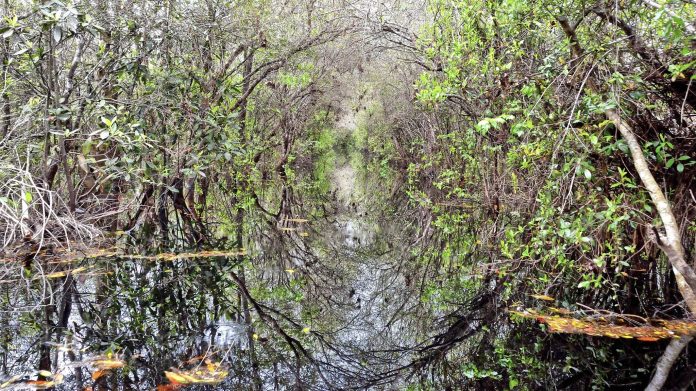Transcript:
Many areas along the Florida Coast are lined with twisty, dense mangrove forests – trees and shrubs that weave in and out of the water.
But mangroves cannot tolerate cold temperatures, and in North America, mangroves had never been found north of Florida – until now.
Ches Vervaeke of the National Park Service says last year, he and a small group searched near Jacksonville, Florida, for North America’s northernmost mangrove.
As they explored rivers, marshes, and bays, they kept finding mangroves farther north than had been recorded before.
Vervaeke: “Every time we saw one, we were like, “It’s a new northernmost mangrove.”
Toward the end of the day, they finally crossed the Georgia state line.
Vervaeke: “All three of us on that boat probably saw it at about the same time … and all three of us had the same reaction: ‘Holy cow, there are mangroves in Georgia.’”
Vervaeke says the main reason mangroves are moving is global warming.
Vervaeke: “We are having less frequent and less severe freezes. … That means the mangroves can survive farther and farther north.”
So as the climate continues to warm, mangroves could move farther into Georgia – and beyond.
Reporting credit: Ethan Freedman / ChavoBart Digital Media




